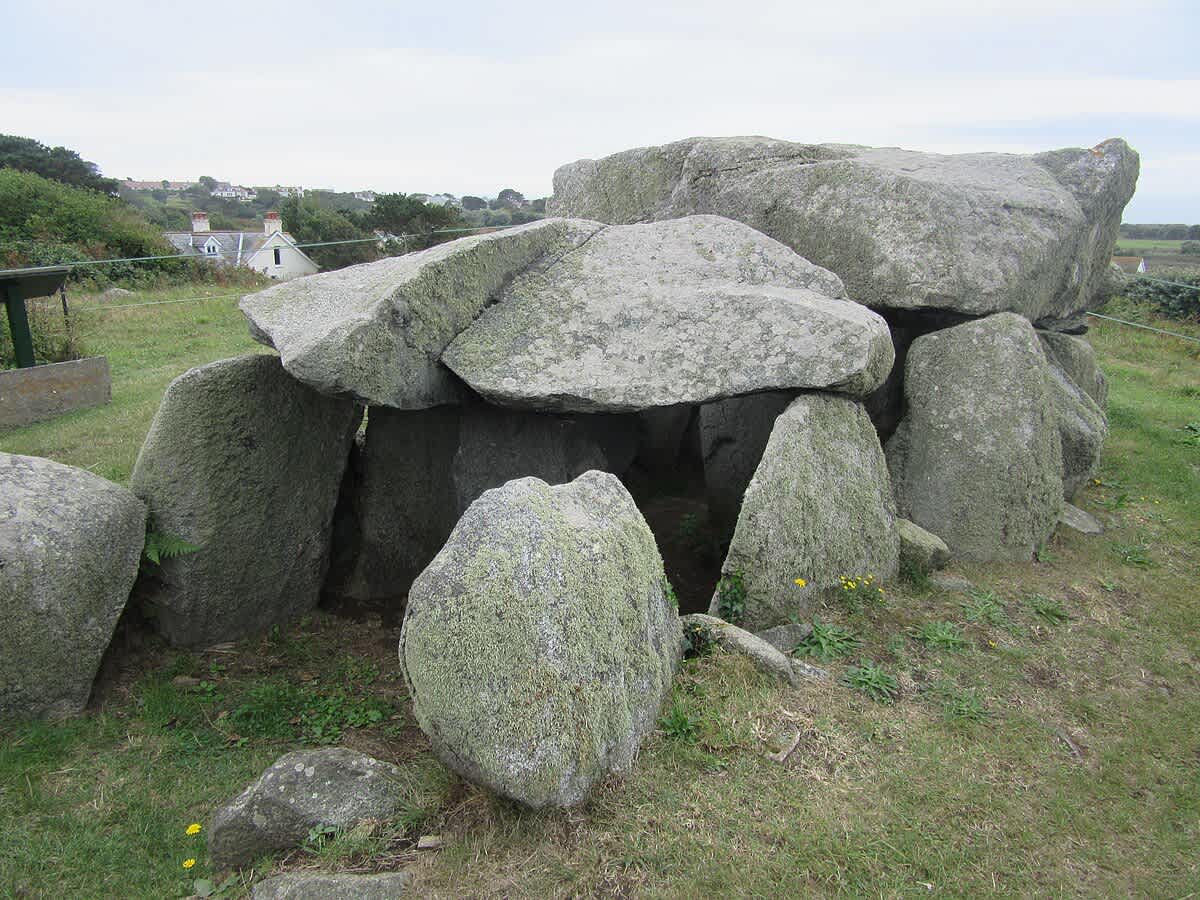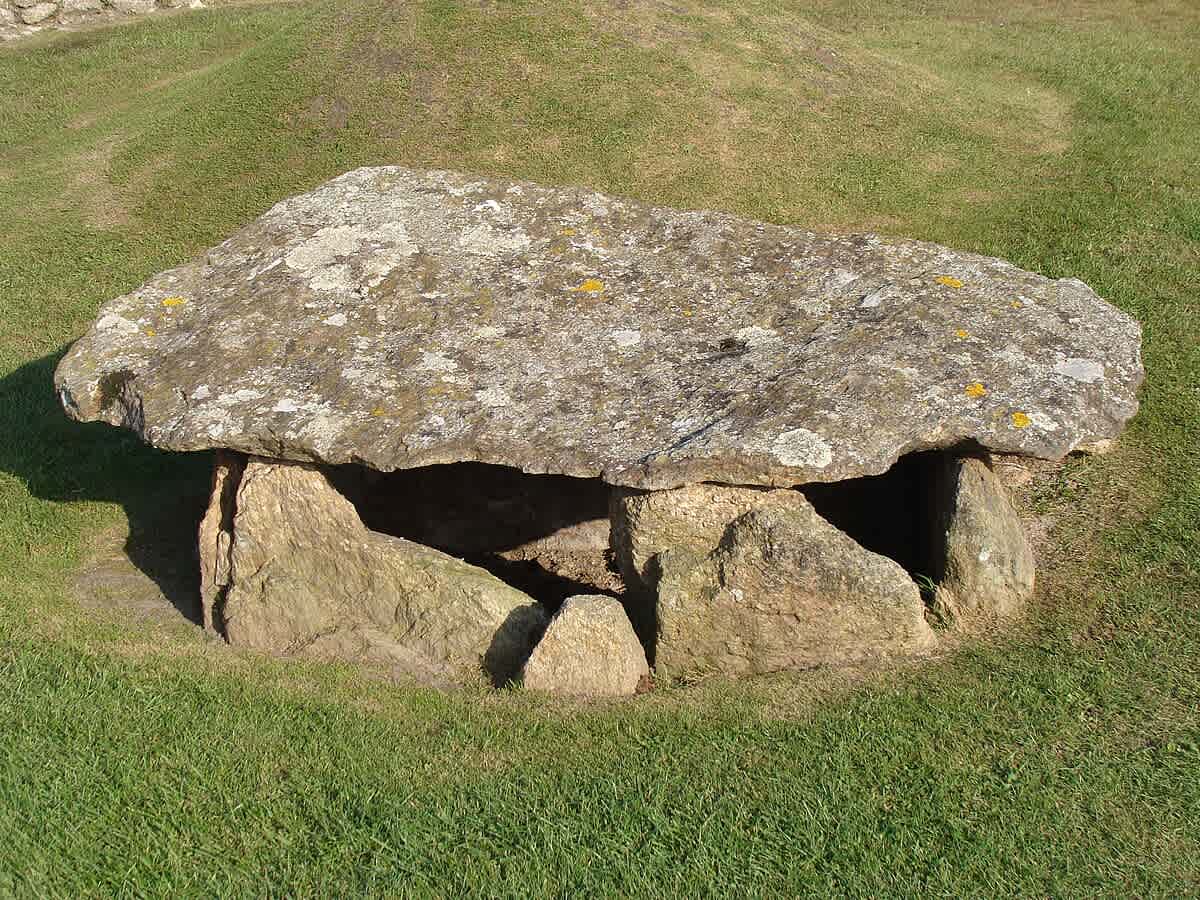Scientists find mysterious 5,000-year-old Spanish stone structures with multiple burial chambers

A stone monument in Spain with multiple burials has recently been discovered. Archaeologists were intrigued by the finding, as it contained several prehistoric burials, according to Live Science. The discovery was made in the southern autonomous region of Andalusia. Such structures, also called dolmens, are often discovered in European countries, like the UK, France, and Spain. It is similar to the popular 5,700-year-old Arthur's Stone in England. These structures are supplied with several stone walls along with a large stone roof. After analysis, researchers concluded that the Spanish dolmen is one of the most well-preserved monumental and funerary structures detected in Andalusia.

Stunning Dolmen
The dolmen in Andalusia was uncovered, surrounded by stone and filled with items such as ivory, amber, and seashells, according to Smithsonian Magazine. It was detected by archaeologists from the University of Cádiz after their fourth excavation of the area. Further examinations revealed it to be around 5,000 years old and that it was used as a tomb for the dead, as well as for burial rituals. Eduardo Vijande Vila, the project's co-director and an associate scholar of prehistory at the University of Cádiz, claims that the dolmen's extraordinary state of preservation would give experts a glimpse into the lifestyle and beliefs of the group that used it.
The structure is reportedly 43 feet long, with its walls having an elevation of 6.6 feet. The rooftop also contains a tumulus, a manmade mound composed of sand and stones. The monument was unearthed near the present-day town of Teba. Researchers detected ossuaries inside the monument, which meant that the small tombs had bones in them. Experts speculate that the monument functioned as a collective burial for people. Examinations into the monument remain ongoing.

Window to trade relations
Archaeologists found seashells, amber, ivory, arrowheads, and prehistoric weapons inside the tombs of the dolmen. All these are grave goods laid to rest with the deceased, so that the dead can carry them in their afterlife. These grave goods showcase what items the communities back then were interested in trading. Items like ivory and seashells do not appear naturally in Andalusia, so this implies that the objects were traded from other areas. Such findings indicate that late prehistoric communities in the Iberian interior were not isolated and had relations with surrounding areas. "They participated in extensive trade routes that linked coastal and inland areas, circulating goods, ideas, and cultural values," University of Cádiz prehistory scholar Juan Jesús Cantillo shared, according to Arkeonews.
Other dolmen discoveries
Similar to the Spanish dolmen, other dolmens in Western Europe also provide insights into the lives of prehistoric communities. Another dolmen in Spain provided archaeologists with the largest collection of prehistoric beads. Another one, the dolmen of Guadalperal in Spain, becomes visible only during drought. This finding made experts believe that the dolmen was used for much more than burial by the community. Last time it emerged was in 2022. Certain dolmens could have possibly been linked to solstice rituals or for signalling land ownership. Such practices shed more light on how prehistoric communities lived. More examinations will be needed to pin down the exact role of these dolmens in the social life of the community that built them.